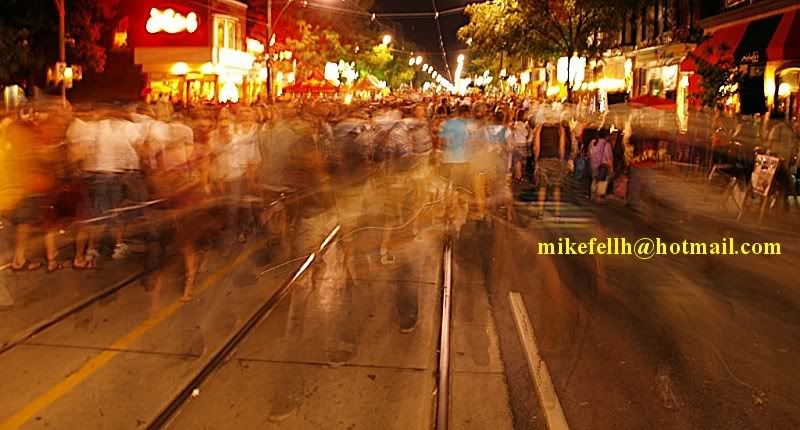canonbcguy
Leading Member
I use a number of zooms (24-120, 18-140 DX, 18-200 DX) and a medium telephoto (105) and I'm having difficulty hand-holding the lens steady. I see the focus point wavering all over the subject.
I'm hoping the VR (for those lenses that have it) can help or I try to stick to the guideline of 1/(focal length) for shutter speed. In lots of cases, even with the VR lenses, the picture is blurred (when pixel-peeping).
Any useful tips or techniques I can try?
Is spraying in burst mode a good trick? I've tried this with a bit of success. A frame within the burst is sometimes clear. It just seems wasteful. I used digital so there's no actual cost but the time in transferring to the PC, loading multiple RAW files into an editor, peeping at pixels, etc. seems considerable.
Must I lug a tripod? :-/
Thanks.
I'm hoping the VR (for those lenses that have it) can help or I try to stick to the guideline of 1/(focal length) for shutter speed. In lots of cases, even with the VR lenses, the picture is blurred (when pixel-peeping).
Any useful tips or techniques I can try?
Is spraying in burst mode a good trick? I've tried this with a bit of success. A frame within the burst is sometimes clear. It just seems wasteful. I used digital so there's no actual cost but the time in transferring to the PC, loading multiple RAW files into an editor, peeping at pixels, etc. seems considerable.
Must I lug a tripod? :-/
Thanks.






